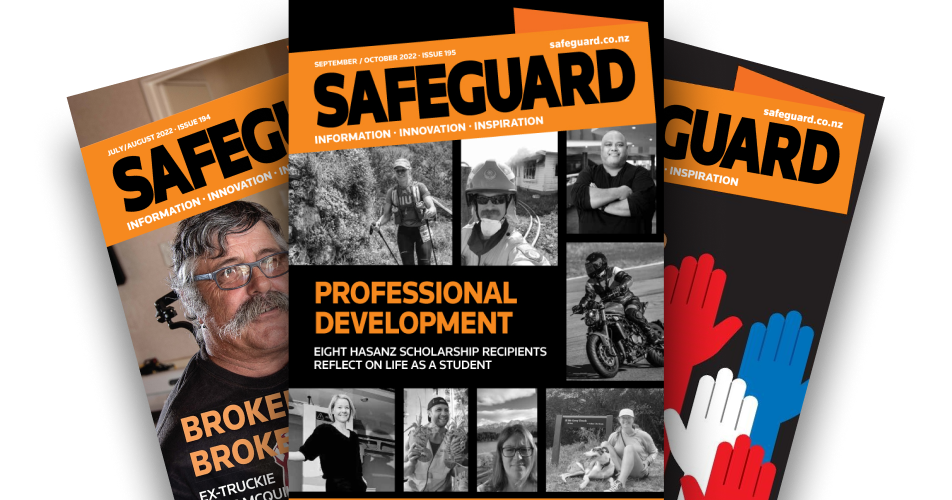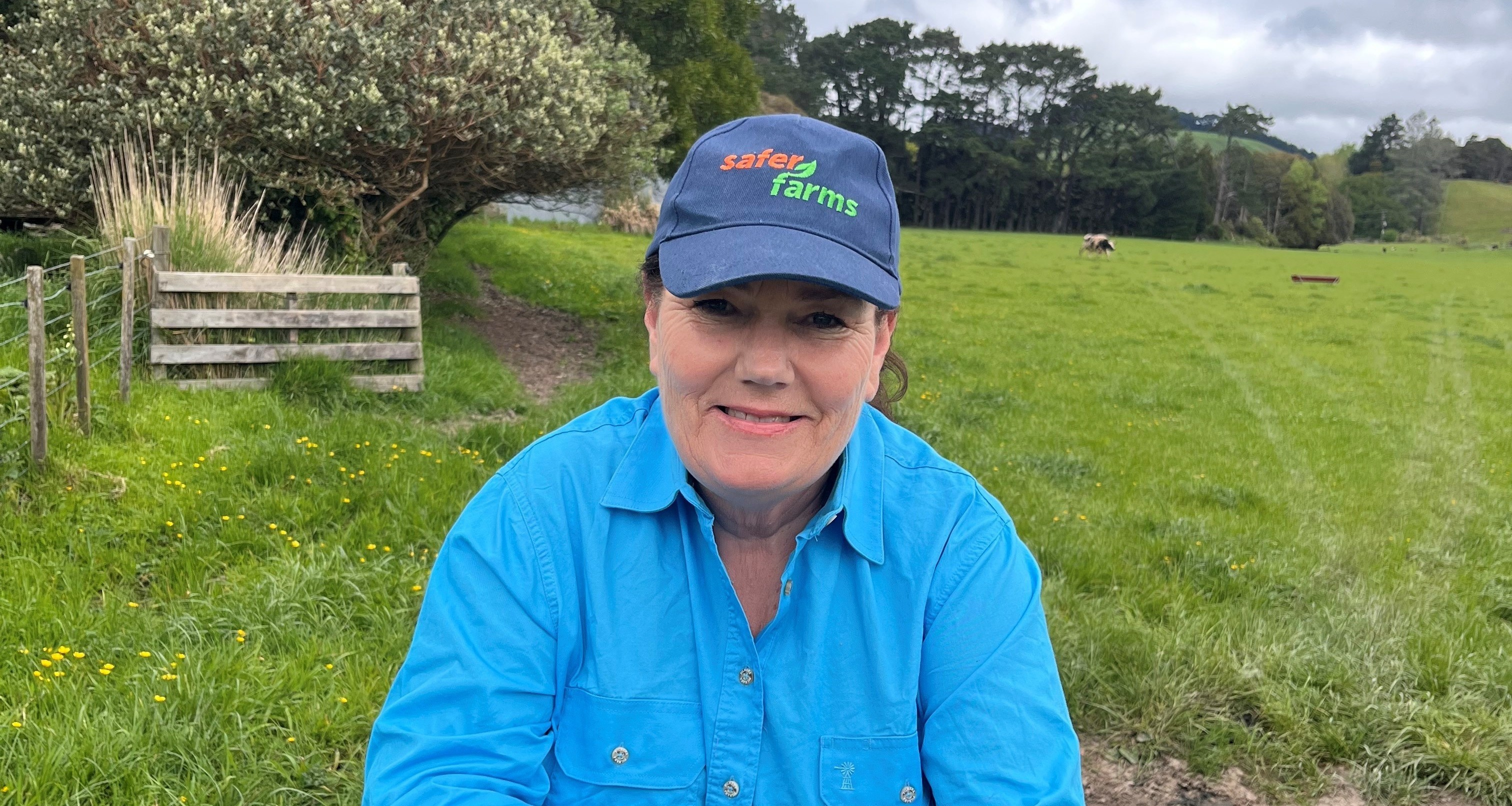Do you encounter resistance or push-back from management when you request resources or support for important health and safety initiatives?
My research explored tactics used by OHS professionals to influence leaders within organisations and the combination of factors that impacted their strategic influence. Thirty experienced safety professionals from Australia and New Zealand provided in-depth accounts of successful influence attempts (n=35) and unsuccessful influence attempts (n=32, ie resistance was encountered).
The major finding – that rational persuasion was the most dominant and effective strategy – is perhaps unsurprising, given OHS professionals are hired to provide expert and credible advice to managers on how to integrate the management of OHS risk into organisational systems and practices.
However, the success of this tactic depended largely on how it was used by the OHS professional. Stronger forms of rational persuasion via business cases or evidence-based arguments were more evident in successful attempts than weaker forms, for example, brief explanations or assertions without supporting evidence.
To leverage compliance?
The use of legitimising requests by referring to OHS rules, regulations and bureaucratic processes is of significant interest to health and safety practitioners due to the compliance-related aspects of business risk management.
In this study, legitimating was not used as a single tactic but in combination with other strategies and was found to be more successful for follow-up influence attempts. Surprisingly, two-thirds of the interviewees did not employ this tactic in their descriptions of either successful or unsuccessful upward influence attempts. The rationale for avoiding this tactic related to preferences for “softer” tactics (ie inspirational appeals, consultation, coaching, collaboration) or beliefs that their leaders were more interested in tangible outcomes and how they provide benefits, rather than just complying with legislation.
Combination of factors
When asked what the recipe was for effective influence, most of the participants described a combination of factors. Planning their influence attempts in advance was a key theme for success. This involved having clear objectives, choosing the right time, and thinking about who they were trying to influence.
Many of the OHS professionals related how they stepped into the shoes of the person they were trying to influence by thinking about that person’s work priorities and pressures, interests, values, and communication preferences. This knowledge was leveraged to choose or avoid using certain influencing approaches.
Understanding the business
Understanding the business environment – including operational context, organisational culture, budgeting, and planning processes – was critical in creating buy-in from managers. This study found that safety professionals improved their business acumen by regularly visiting sites and having conversations about the business, being mentored by non-safety professionals, joining multi-disciplinary committees, and formal business education.
Positive relationships played an important role in upstream influence. Many OHS professionals in this study strongly believed that being seen as trustworthy was essential in gaining credibility. Approaches to building trust included demonstrating knowledge and expertise, showing care and concern, being open and honest, and delivering on promises.
Another strategy for developing positive relationships was building rapport with leaders in organisations. They used techniques aimed at fostering shared understanding, reaching common ground on OHS practice, and having conversations not always related to safety.
Strong rational persuasion
This research highlights practical applications for OHS practitioners to consider when attempting to influence managers. The type of tactic used has the potential to make a difference in influencing outcomes.
This study suggests OHS practitioners should rely on strong forms of rational persuasion to influence important safety objectives. Although less frequently used in this study, the legitimating tactic (taking a compliance focus) was more effective as a follow-up tactic rather than in initial attempts.
To facilitate influence, OHS practitioners should plan their influence attempts in advance, understand organisational contexts, and cultivate positive relationships by building both trust and rapport.
Reference
Madigan, C., Johnstone, K., Way, K. A., Capra, M. (2021). How do safety professionals’ influence senior managers within organizations? – A critical incident approach. Safety Science, 144, 1-14. https://doi.org/10.1016/j.ssci.2021.105478
Dr Cassie Madigan AIHS CHOHSP is a senior lecturer in OHS at the University of Queensland.




